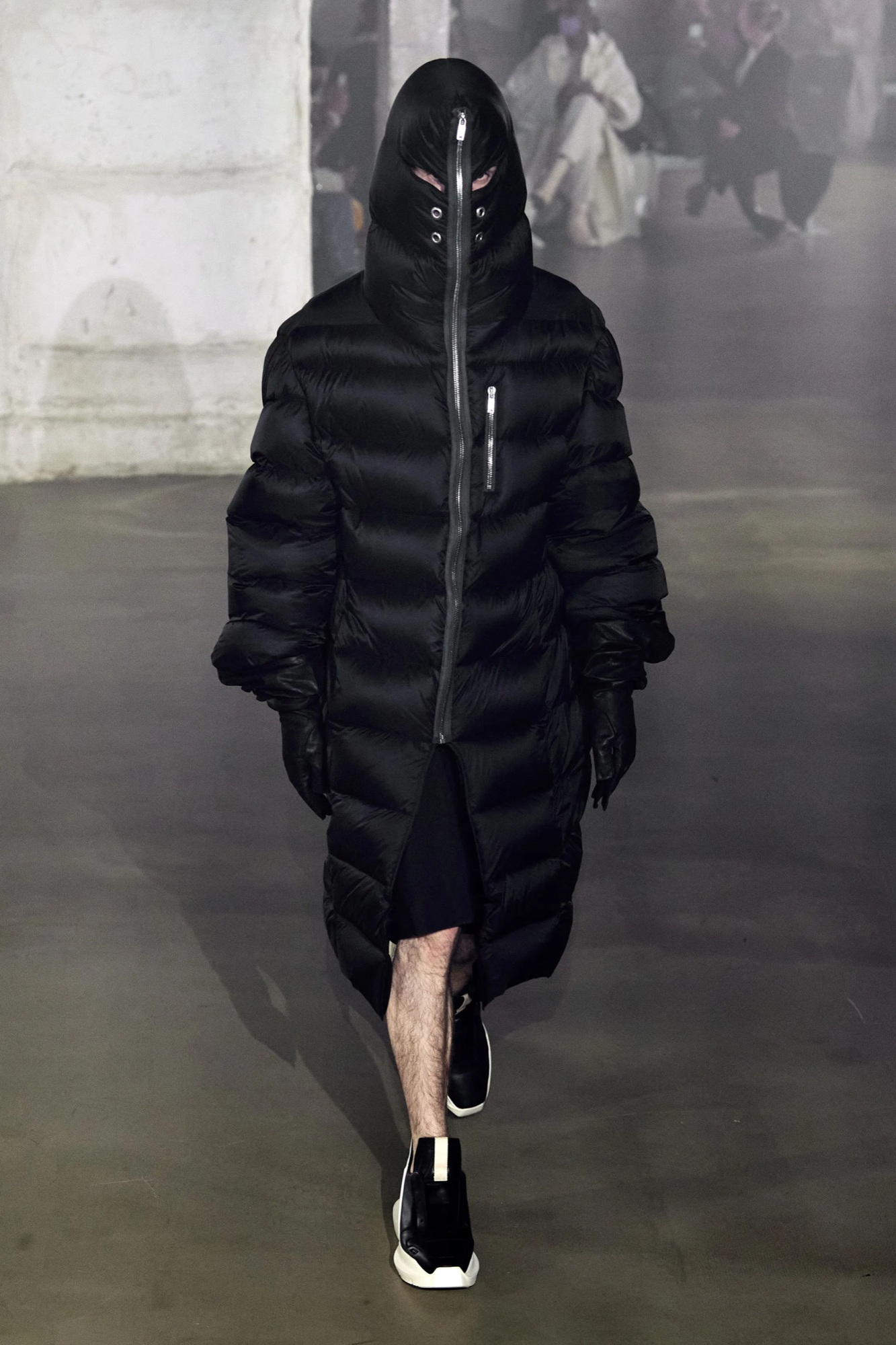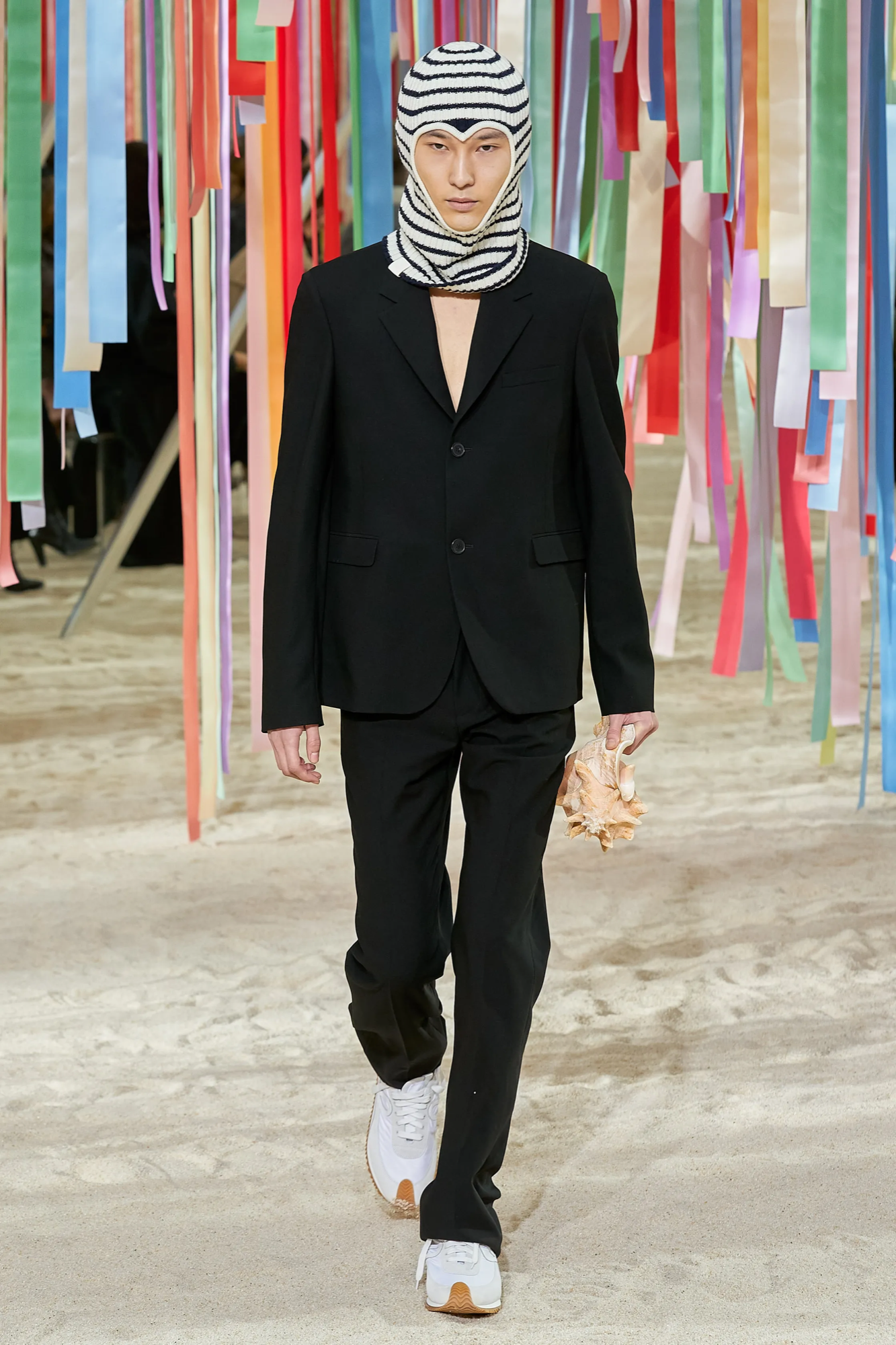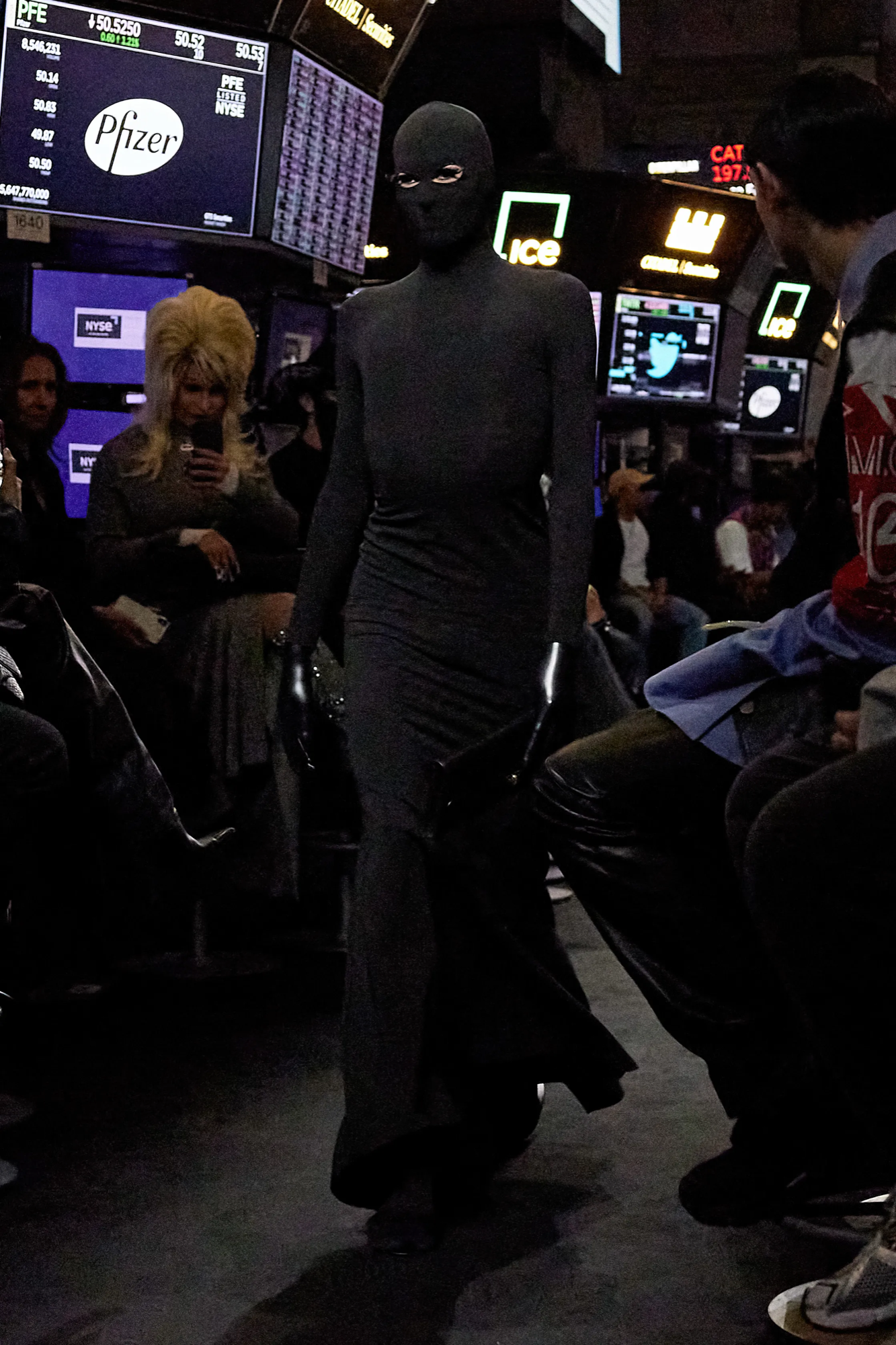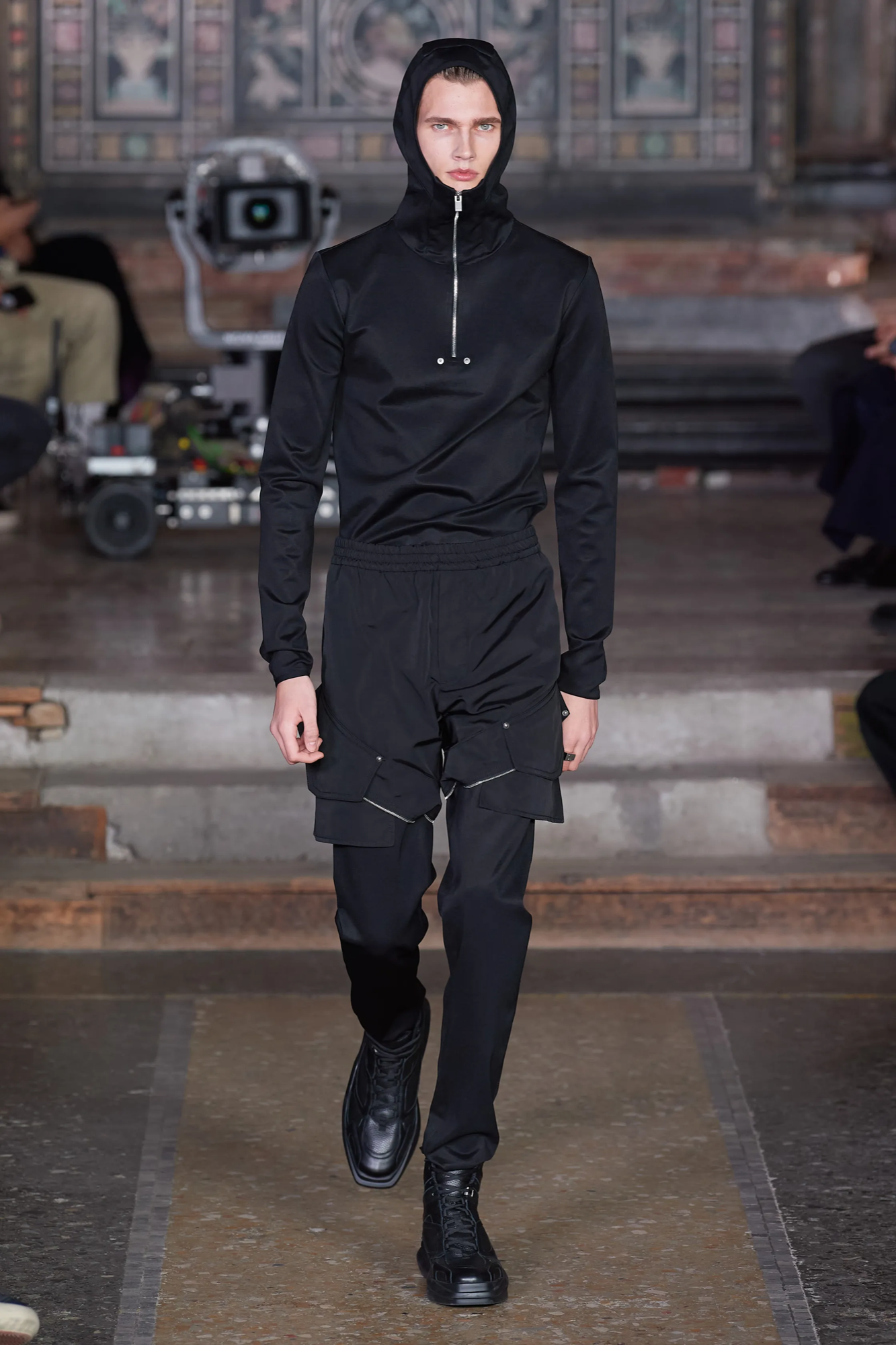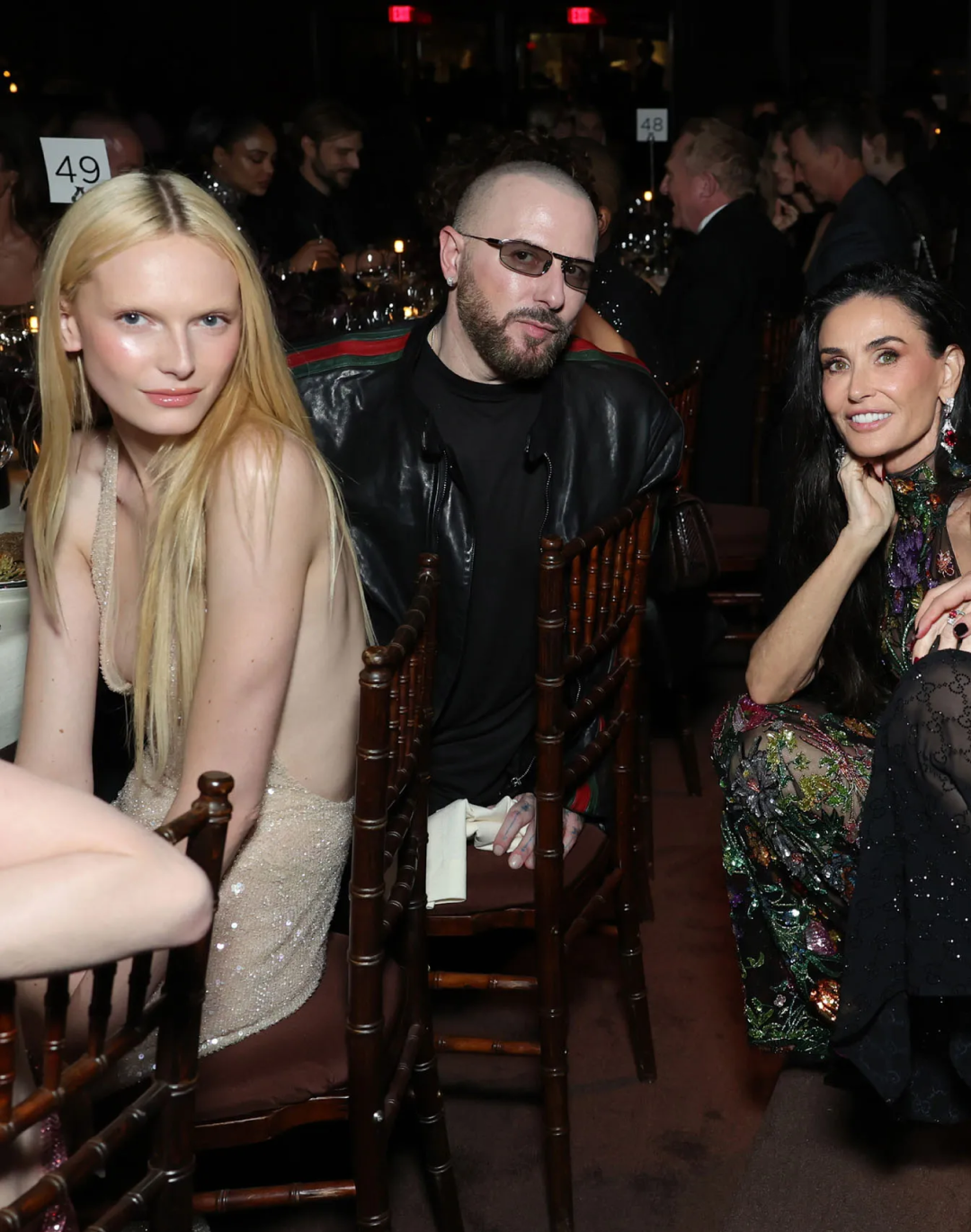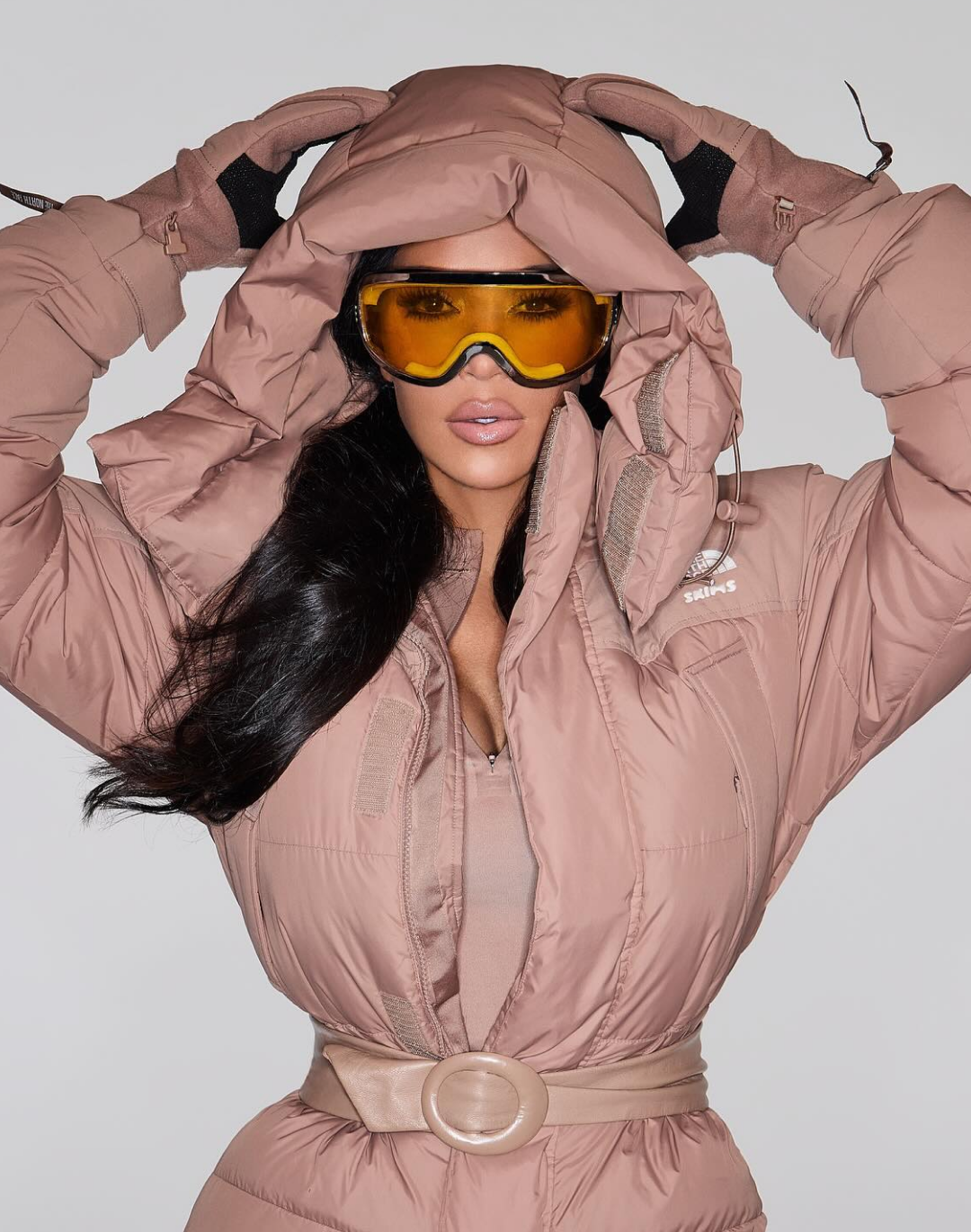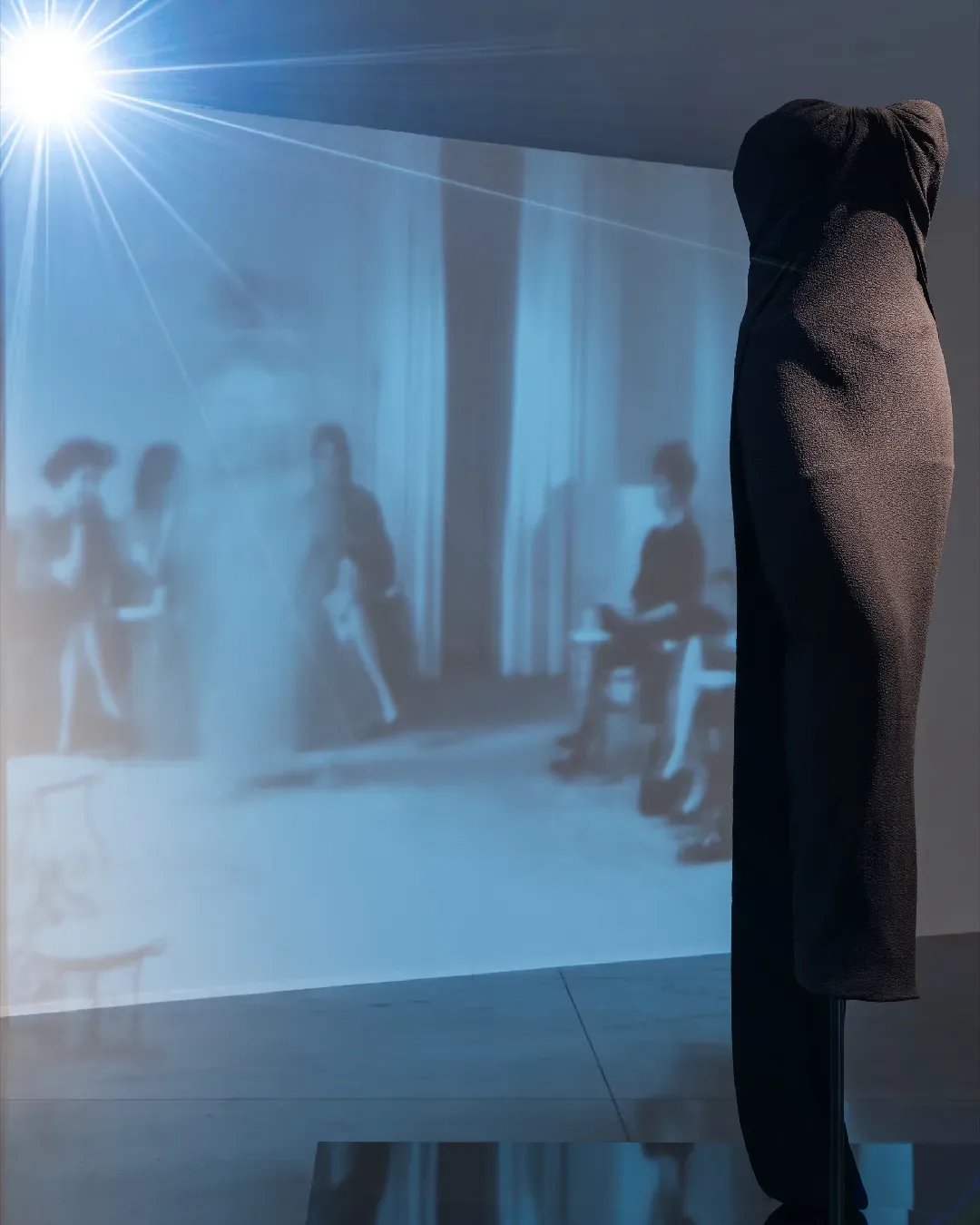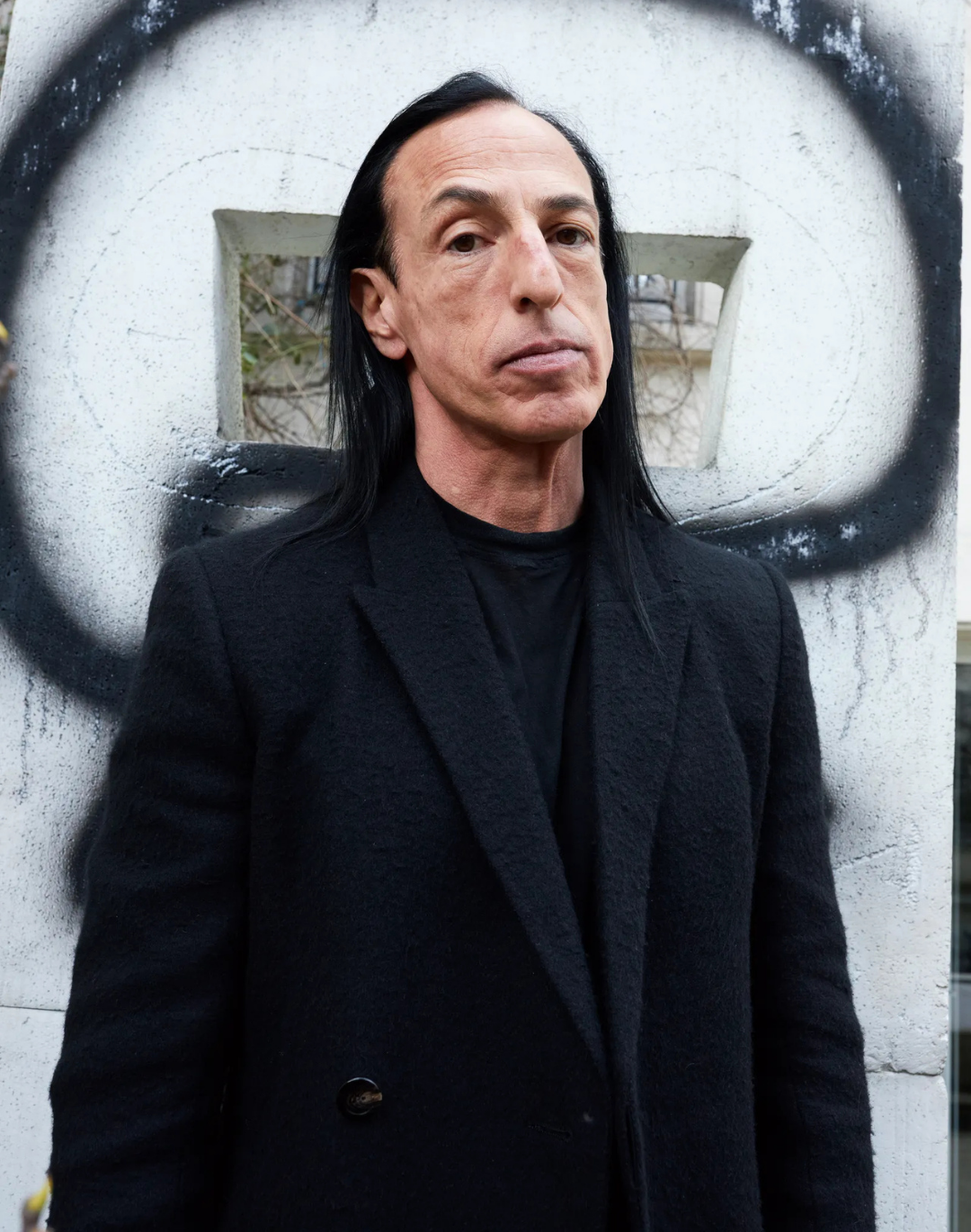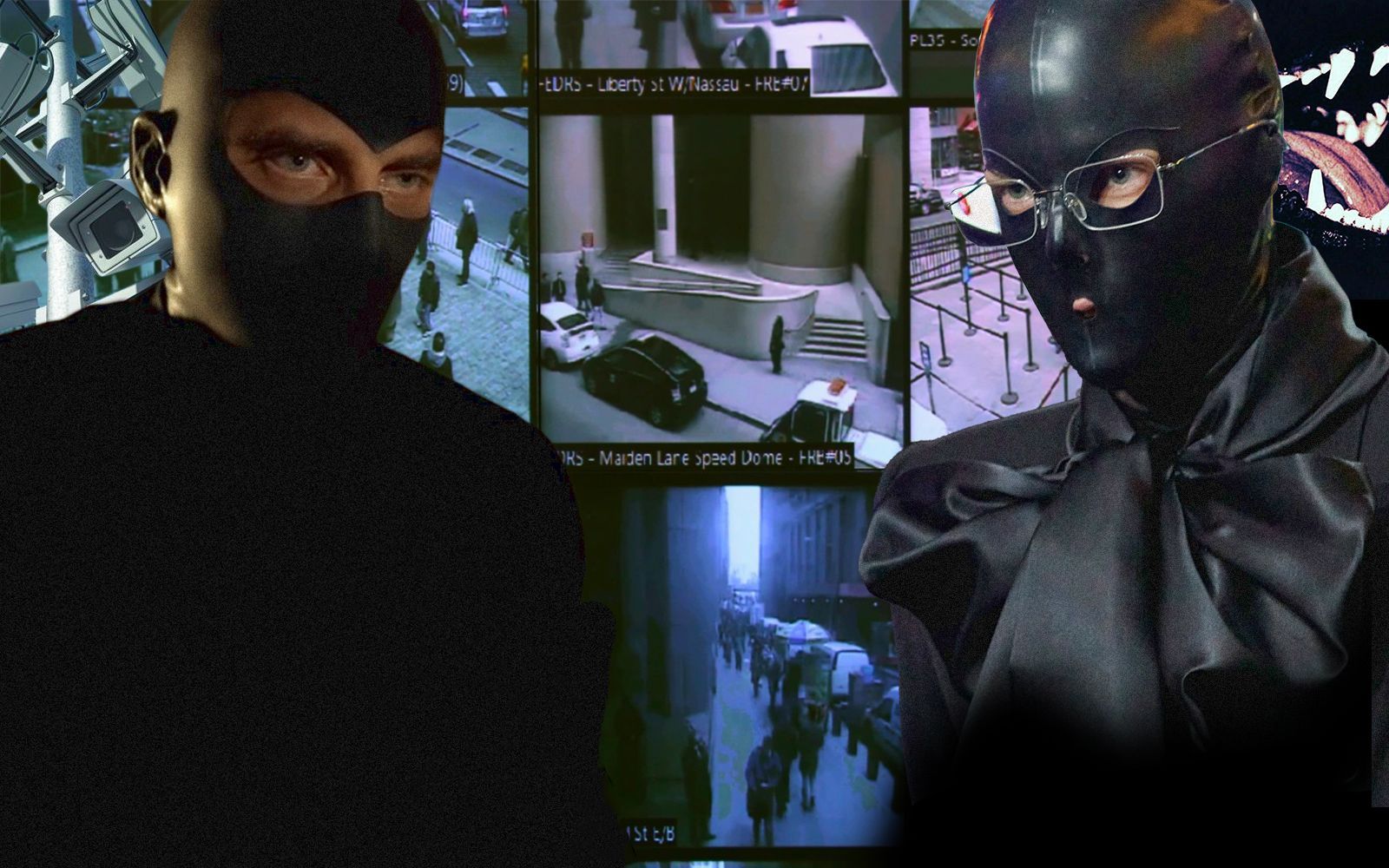
When the thief is on the catwalk Burglarwear between balaclavas, masks and privacy
If you try searching for burglarwear on TikTok or Instagram, you should come across a series of images belonging to the latest collection signed by Mowalola. Specifically, these are images depicting models and models with their hands turned up or placed behind their backs as if to simulate the act of being arrested. Why on earth tie - speaking - the accused bodies into silhouettes covered by cut-outs, low rises, veils, balaclavas and instead untie them from everything that denotes gender? «I like the idea of using clothes as weapons, shoes, shoulders, even elbows», designer Mowalola Ogunlesi told Vogue. Bringing thieves to the catwalk with all their paraphernalia (balaclavas, masks, and more or less tight-fitting suits), lowering them into a personal narrative, may indicate a desire to bring a political act to the stage or, more simply, try to find links with contemporaneity. It is undeniable, on the other hand, that a fetish vibe can overlap and integrate an imaginary that is undoubtedly more articulated and complex (see under Diabolik).
Raf Simons, in 2018, had already elevated the balaclava to something not so disturbing: a contrivance woven with multiple threads, the balaclava was a pretext to talk about safety and protection. Soon thereafter, Alexander Wang and Gucci would follow suit with the knitted headgear proposal. Between 2021 and 2022, the balaclava became a semantic reservoir filled with aesthetic and social issues: if Miu Miu's models reflected on the transition from lingerie to skiwear, Givenchy's FW21 one was already talking about sensuality. Not that things have simplified with 2022: Y/Project proposed it by questioning Jean-Paul Gaultier's great legacy, and TikTok made it a trend for Generation Z, bending the headdress into an interesting clothing experiment that found its expressive dimension in knitwear. Rick Owens brought it to the runway with the FW22 collection - there was headgear that functioned as lamps alongside masks and male silhouettes - to reflect on a primal form of masculinity. A scenario partly shared with Alyx, which, already with FW22, had covered male silhouettes with balaclavas along with layers of shorts on shorts contrasting with hyper-feminine necklines. At Loewe, however, the boundaries are more blurred, and balaclava was one of the many elements behind the amusing pamphlet Jonathan Anderson wrote for FW22.
But perhaps the issue touches much deeper nerves, examined for example by Demna's work and Lotta Volkova's styling. Privacy, the cult of personality, anonymity, surveillance-these are all issues that are redefining concepts of intimacy and collectivity. Balenciaga's SS22 collection had begun to flirt with these issues, focusing on the details of an entertainment machine in which even photographer Juergen Teller was caught with a smartphone intent on filming other photographers. Who invades what? Prominent celebrities such as Kim Kardashian and Kanye West have begun to (re)dress head-to-toe while remaining perfectly recognizable. The need to cover one's face entirely, appropriating the attire of a thief or hacker, perhaps responds to a desire to re-examine the role of celebrity: to question the well-known practices associated with the cult of personality - from stolen Y2K-style paparazzi shots to crowds of fans willing to do anything to grab a shot with their idol-to provide an alternative to the narrative of the ubiquitous, ever - performing star.
A narrative that did not even spare the representation of the common imagination, so much so that for the SS23 show Demna worked on reading uniforms by leaving the models' faces entirely covered in tight balaclavas to explore the habits and roles of New Yorkers grappling with coffee, work, and commitments. Even Couture 2022 did not refrain from playing with looks entirely covered in neoprene and polyurethane, instead leaving celebrities free of covering masks. In a world that has gone on to reclaim much of the Y2K imagery - media overexposure, gossip, and celebrity culture were the main dishes on a rather varied menu, which, however, had not anticipated the impact of social media - dressing like thieves have become a way of saying that, perhaps, stealing time can turn out to be a real act of personal vindication.











































